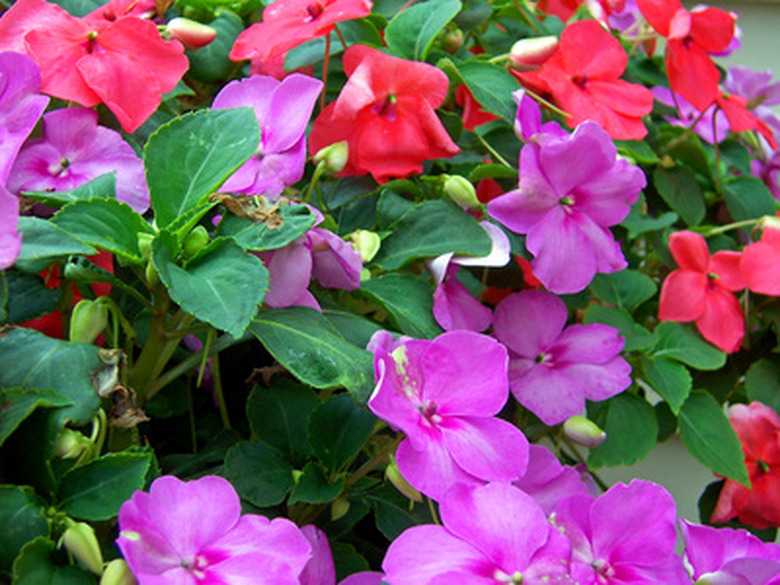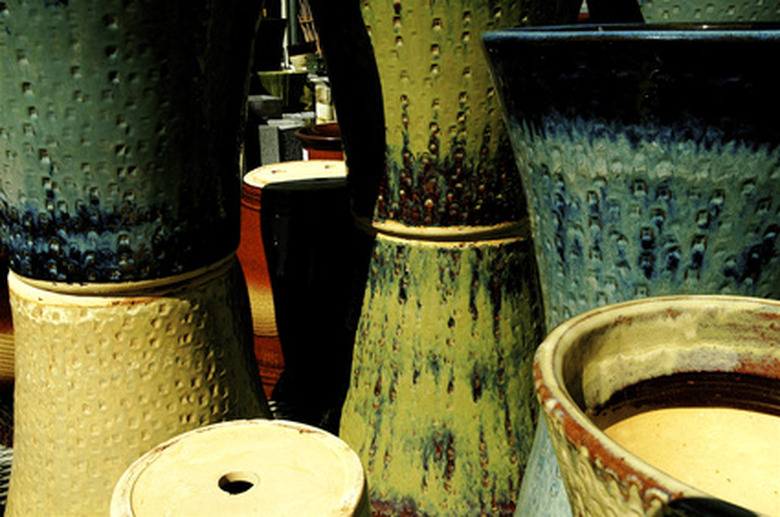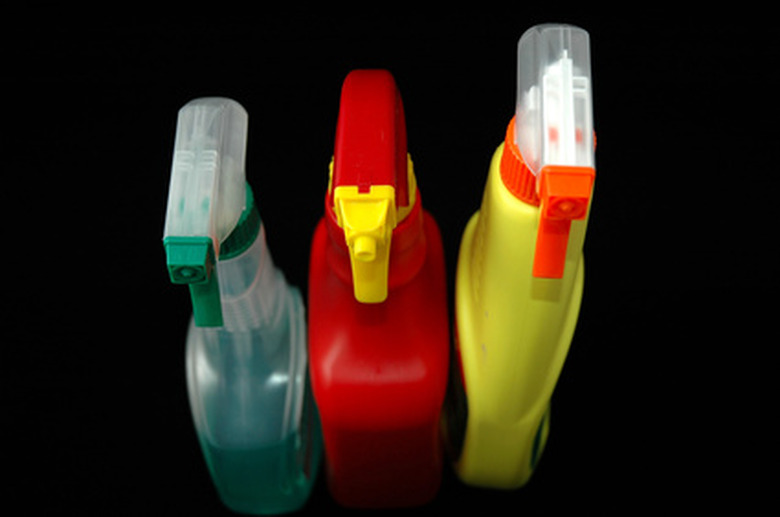Leaf Spot On Impatiens
Impatiens walleriana is the most popular plant in the United States. It is an annual—a plant that completes its life cycle in one growing season. After an annual produces its seed, it dies. Due to their short growing season, annuals flower almost continuously, more than most perennials. There are different types of annuals, depending on the temperature of the region. Annuals, including impatiens, also have insect and disease problems. Leaf spot is a particular problem with impatiens.
- Impatiens walleriana is the most popular plant in the United States.
- Due to their short growing season, annuals flower almost continuously, more than most perennials.
Characteristics
Impatiens prefer part or full shade. They are hardy in USDA zones 2-11. They can grow 6 inches to 1 foot tall and do well in rich, sandy loam. There are many varieties of impatiens. They have blossoms with spurred petals that come in many colors, including white, pink, rose, peach, lavender and salmon. The leaves are generally bright green, with some varieties having bronze-colored leaves.
Uses
Impatiens can be planted in the garden or in containers and pots. In gardens they are best when planted in single color groups in shade gardens. Pastel colors tend to stand out the best in shade. They combine especially well with ferns, hostas and other shade plants.
- Impatiens prefer part or full shade.
- They can grow 6 inches to 1 foot tall and do well in rich, sandy loam.
Leaf Spot
There are several different types of leaf spot diseases that can affect impatiens. The leaf spots alternaria and cercospora are caused by a fungus. Septoria leaf spot, or septoria blight, is caused by the species of fungi septoria. Leaf spot pseudomonas syringae is caused by pathogens from different species of pseudomonas.
Symptoms
Alternaria's symptoms first show as tan or brown spots with purple borders that vary with the specific fungus. The spots appear on the bottom of the leaves first and slowly move up the plant.
Septoria leaf spot causes tan to gray, purple-bordered spots on the leaves. Very tiny black specks also appear that are the part of the fungus. This disease is worse when it is wet and humid for long periods of time.
- There are several different types of leaf spot diseases that can affect impatiens.
- The leaf spots alternaria and cercospora are caused by a fungus.
Leaf spot pseudomonas syringae causes spots or wilting and dying of the leaves. The host plant is important in the development of symptoms and the specific pathogen causing the problems is not distinguishable to the eye.
Control & Prevention
Alternaria can be prevented by proper care of the plant before the disease infects. Fertilizing and watering regularly are recommended. Watering early in the day gives the leaves a chance to dry out. It is also important to remove any infected plant matter as soon as possible. Fungicides can be applied but are not usually necessary for this type of leaf spot.
- Leaf spot pseudomonas syringae causes spots or wilting and dying of the leaves.
- Fungicides can be applied but are not usually necessary for this type of leaf spot.
Septoria involves proper prevention measures. It is recommended not to plant in the same area for two consecutive years, to remove weeds that are also susceptible and to remove infected plant debris and plants. It is also important to water and space plants properly. Protective fungicides can be used if applications are properly spaced. The most common fungicides are chlorothalonii, thiophanate methyl and copper compounds.
Pseudomonas syringae can be controlled by removing infected plants and debris. Again, watering early in the day so that the leaves can dry is crucial to the prevention of this disease. Plant spacing for air movement is recommended too. Bactericides are not very effective in controlling this disease but are still available at garden centers.
- Septoria involves proper prevention measures.
- Pseudomonas syringae can be controlled by removing infected plants and debris.


